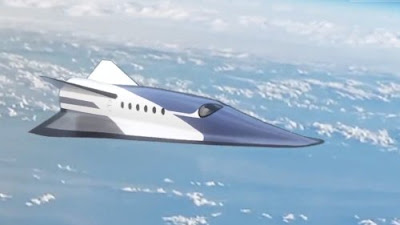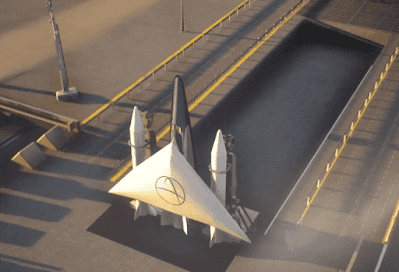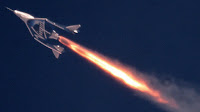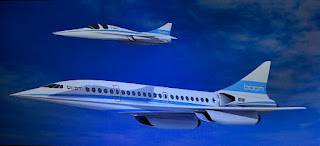NASA's Son of Concorde SST Moving Forward

NASA Is Gaining Altitude on its X-59 SST with Lockheed Martin Source: NASA & Lockheed Martin How Could It Impact Passenger Travel? NASA and partner Lockheed Martin are on the threshold of creating a next-generation supersonic jet. The SST under development is nicknamed the "Son of Concorde". It's also dubbed the X-59 QueSST. It is on a development trajectory to cut air travel times in half. For instance, a flight from New York City to London would take just 3 hours. The impact of the X-59 could be huge, initially, for anyone doing long distance flying from coast to coast in the US and also from the US to Europe. And that is just the beginning. If this very promising aviation technology comes to full fruition, the impact on cutting flight times would be global. New Concorde The X-59 is designed to m...










